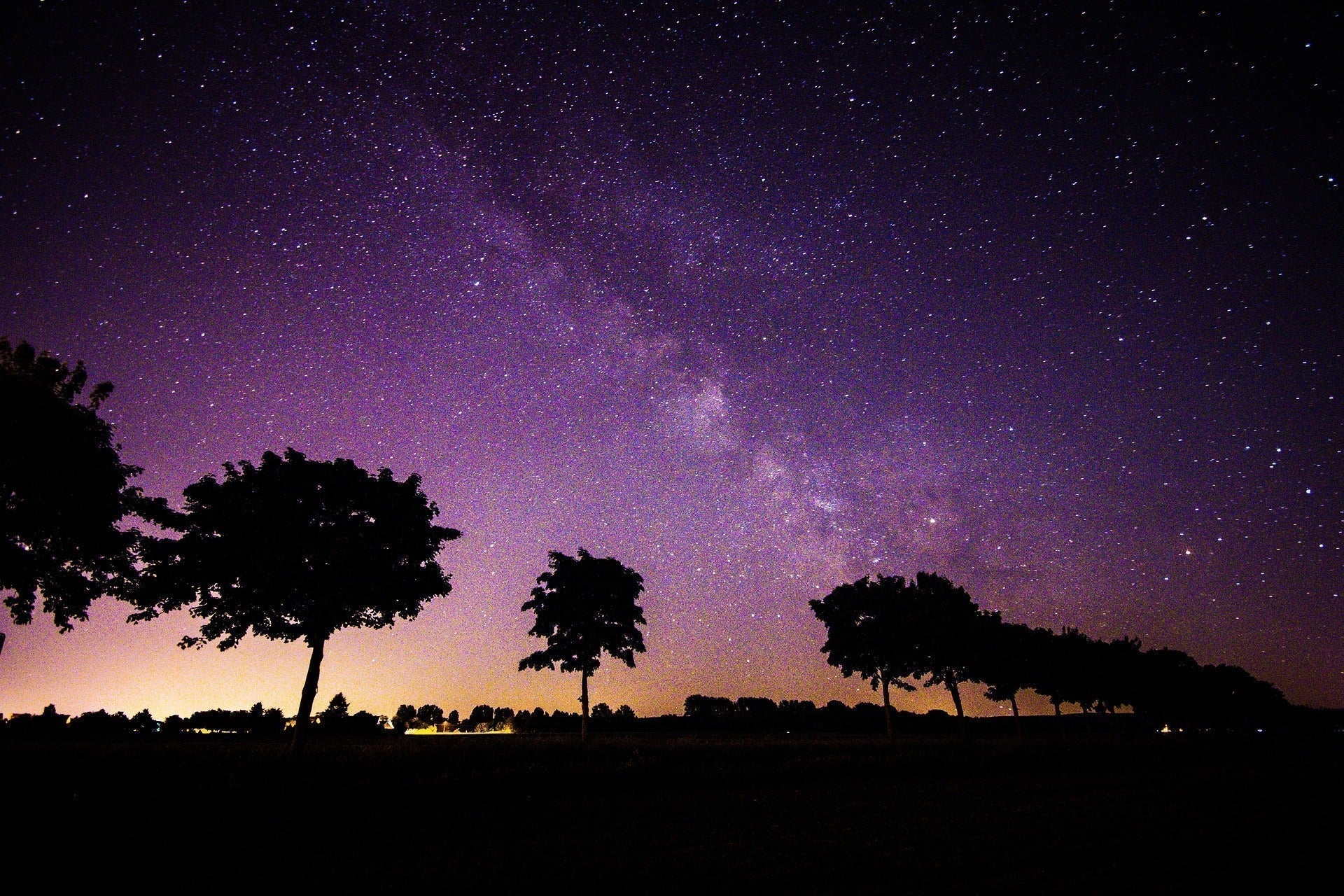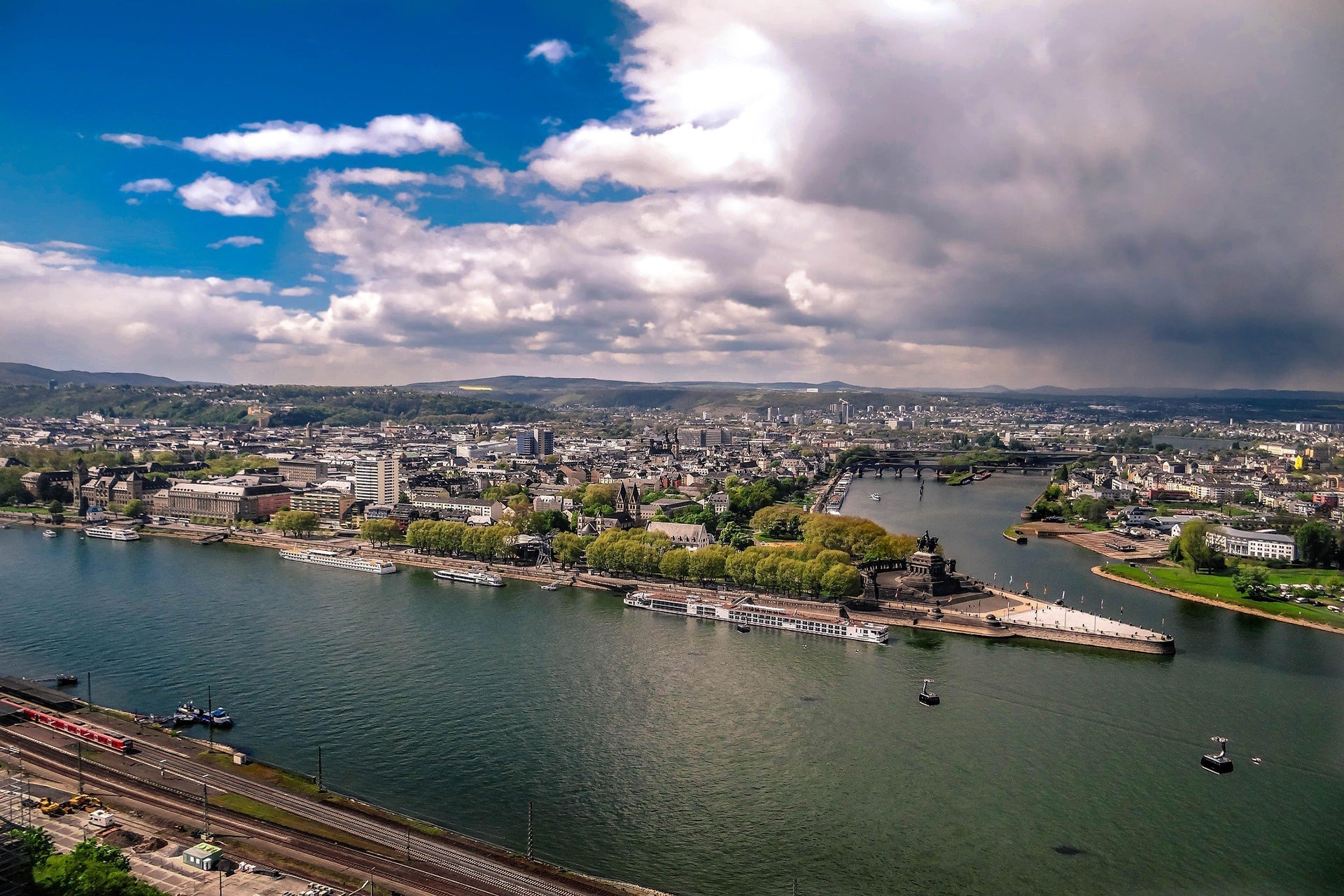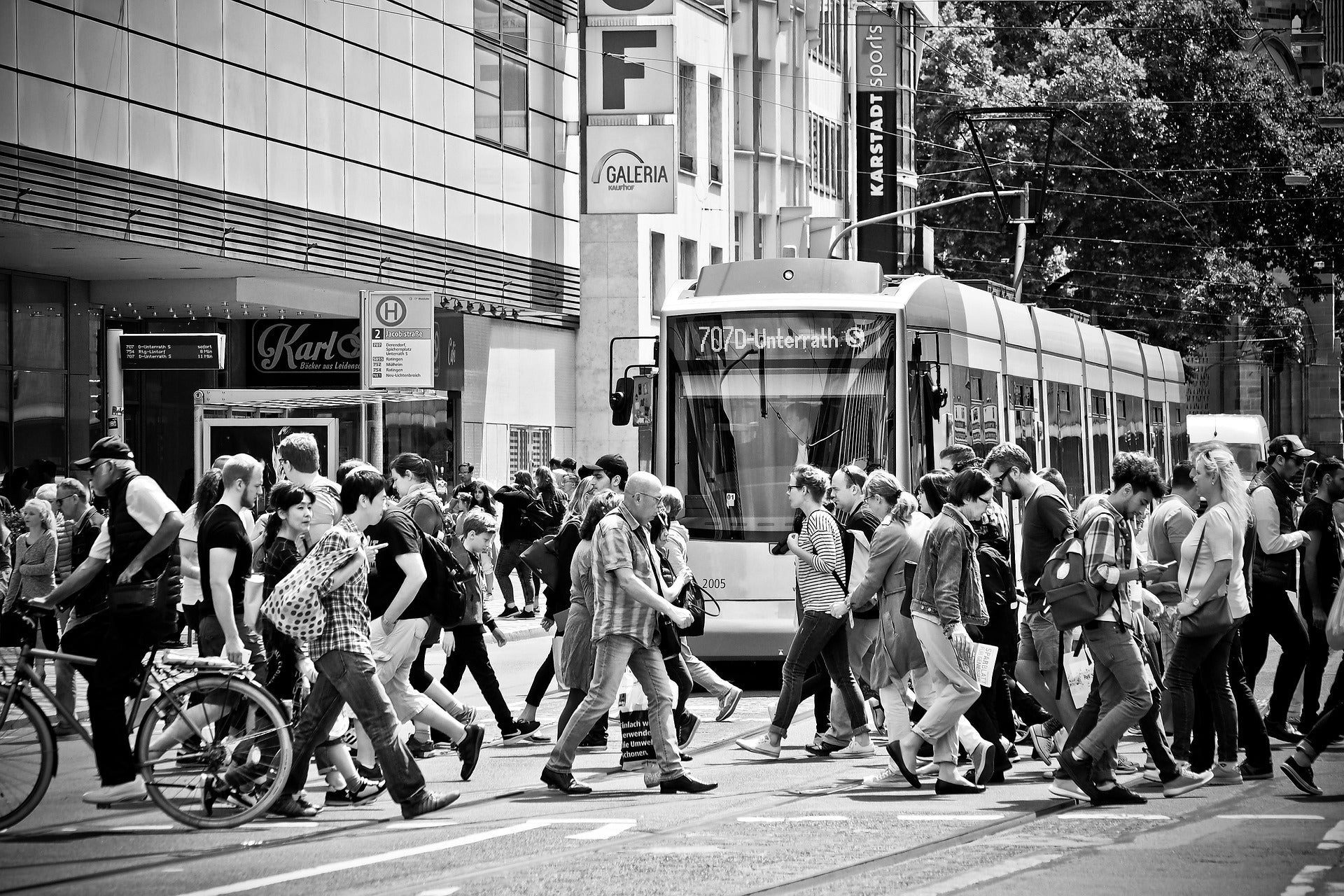
Through the night with Nikon: How to take pictures of stars and seas of light
Looking at the stars in the night sky has fascinated people since early times. This fascination continues to this day and even grows with the right camera equipment for night photography. This is because certain cameras and lenses make many details visible at night or in the dark that would otherwise remain hidden to the human eye alone. In the same way, cameras on the ground impressively capture special contrasts or moods in the interplay of darkness and lights in city or street photography. Such impressive night photos without noise do not need professional photographers. Nikon night photography is possible for everyone - with these tips for night photography.

The best camera equipment for night photography
Nikon cameras are very well suited for all types of photography in low light or total darkness. Image sensor, dynamic range and ISO range: these are the three key technical camera requirements for night or low-light photography. All three should be as large as possible. Then a camera can capture high-contrast, sharp images without noise, even in minimal light. Nikon offers you the largest selection of suitable camera models compared to most other manufacturers. For example:
- the cameras of the Nikon Z series or the
- DSLR D750 and even a
- Nikon D7500 with a smaller crop sensor still performs very well here
In addition, Nikon has many years of experience in the development of high-quality lenses and offers numerous fast Nikkor variants with large apertures. Low-light photography requires a small aperture, f/2.8 at the most.
- the Nikkor Z 24-70 mm f/2.8 as a zoom lens,
- a Nikkor Z 20mm f/1.8 S as a wide-angle lens for taking pictures of the starry sky and Milky Way or the
- all-round lens AF-Nikkor 50mm f/1.8 D with fixed focal length as camera equipment for night photography.
Finally, you absolutely need a sturdy tripod in your camera bag. Without this, night shots can quickly become blurred. Sometimes all you need to do is press the shutter button. It is therefore best to invest in a remote shutter release.
Speaking of equipment: especially for night shoots, where every gram counts, a well thought-out and reliable transport solution is essential. The ideal solution is a camera bag that protects your equipment securely, but at the same time offers quick access to the camera, lenses or remote shutter release - even when wearing gloves or in the dark. When everything is in its place, your focus remains entirely on the picture - not on searching for it.

The best camera settings for night photography with a Nikon
- Only shoot with manual settings. This may take some practice and patience at first. But you will soon discover that by playing with the camera settings you can not only take better and better night shots, but also very different ones.
- Use the maximum aperture that your lens allows.
- Then it's time to adjust the ISO setting. A high ISO value is generally recommended for night photography; four digits, maybe even five digits. However, start with a lower setting first and then try higher ones. This reveals an important advantage of Nikons for night photography. Even the half-format cameras deliver sharp night photos without noise at higher ISO values up to ISO 6400. The full-frame models also work effortlessly and without loss in the five-digit ISO range.
- Finally, adjust the exposure time. The tips for night shots vary depending on your subject. Generally speaking, long exposures are always used in the evening or at night. If you want to photograph city lights with long exposure, you should work with shutter speeds of two to ten seconds. To take pictures of stars or the Milky Way, it is best to select camera settings for night photography with Nikons of ten seconds or higher.
And because night photography often requires patience, movement and timing, make sure that your equipment is well organized and ready for use at all times. A lightweight, padded and flexibly divisible bag is particularly useful for long exposures and changing locations. This keeps your equipment safe and ready to hand even during spontaneous changes of location or long sessions - without compromising on comfort.
As a rule of thumb: always select the highest possible ISO value, exposure time and aperture for a starry sky, but don't start with the highest settings straight away. By trying out different values, you will also discover the creative possibilities with your Nikon for night photography:
- Capture the movement of the stars in trails of light using long exposure times of 30 seconds or more. Every additional second lengthens the trails and high ISO values capture them precisely in these night photos without any noise.
- For impressive panoramas of the entire Milky Way, limit the shutter speed to a maximum of 30 seconds and shoot with a high ISO value of at least 6400. The search for a suitable photo location is almost even more important here. The center of the galaxy is very low above the horizon in German latitudes. In the winter months it is almost invisible. Every larger settlement in your line of vision, even many kilometers away, overlays the images with its light pollution and hides many details. Suitable spots for Milky Way photos are mainly found in the mountains of the Black Forest or the Alps, in the Palatinate Forest and in sparsely populated areas of northern or eastern Germany.
Anyone setting off for remote locations knows that a robust setup is everything. Your photographic equipment should be well protected against moisture, shocks and temperature fluctuations - without adding unnecessary weight. A high-quality bag with weatherproof material and a padded interior not only makes transportation more comfortable, but also makes working on location more efficient - whether in the high mountains or in windy coastal regions.
- Images of the moon can be impressive works of art, but like photographing city lights with long exposures, they present a major challenge. The trickiness arises from the strong contrast between the bright light source and the dark surroundings. Only slow shutter speeds can help to capture as much ambient light as possible without overexposing light sources such as the moon.
- Artistic night shots of city lights are sometimes similar in structure, but differ significantly in terms of exposure time and aperture for the starry sky. With slow shutter speeds, you can record traces of vehicle movement in cities as well as stars in the sky. But even on a dark night, city lights shine much more intensely than moonlight or starlight. Here you can often achieve very good results with low three-digit ISO values and a medium, balanced aperture such as f/5.6.

Finally: last general tips for night photography
- Be patient: night photography is not a snapshot. Once you have found a suitable location, start experimenting with the camera settings. During this process and during various long exposures, hours can pass before you have the perfect picture in your memory. So make sure you have suitable clothing, drinks or a snack if you are out and about for hours at night.
- Just as important: these usually long photo sessions push every camera battery to its limits. To be on the safe side, get spare batteries for your camera.
- Memory bottleneck: One of the best camera settings with Nikons or other cameras is to select RAW mode. This captures the maximum amount of image detail and also gives you all the options for post-processing and optimizing your night photographs. JPEG images severely limit you in both respects. However, RAW files are up to six times larger. You may need more storage space for night or low-light photography than for everyday shots and snapshots.
Whether additional memory cards, spare batteries or sensitive accessories - nothing should be left to chance when shooting at night. It is practical if your bag has separate, easily accessible compartments for small items that can be found quickly even in the dark. An intelligent layout ensures that nothing slips and everything stays where it belongs - for maximum concentration on the subject.
All in all, with these tips you are now optimally prepared for night photography: We wish you every success and great pictures!

